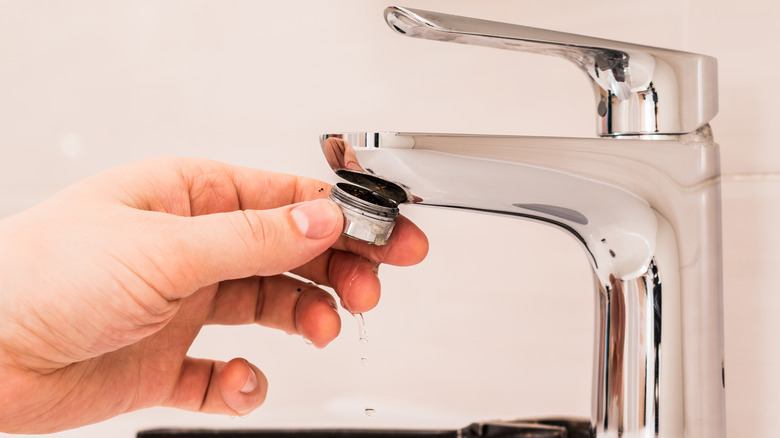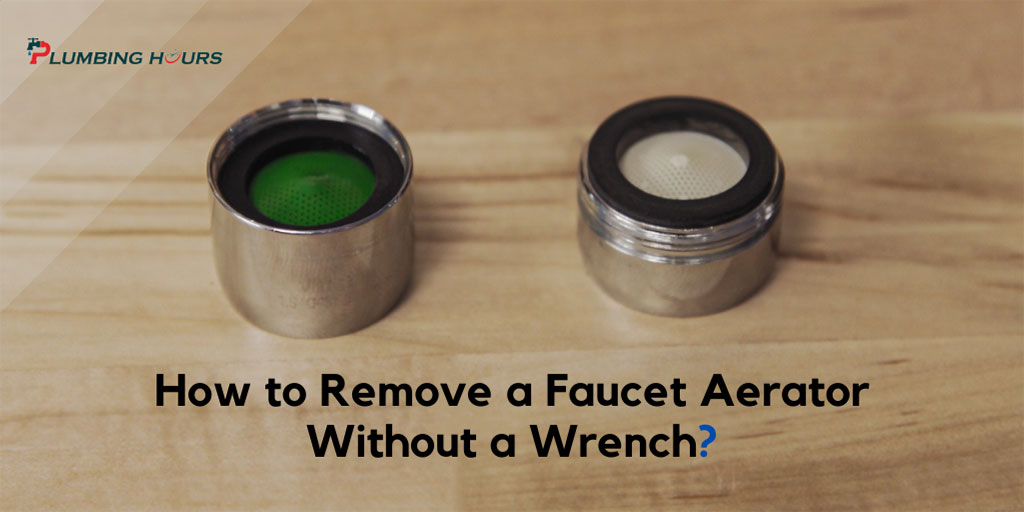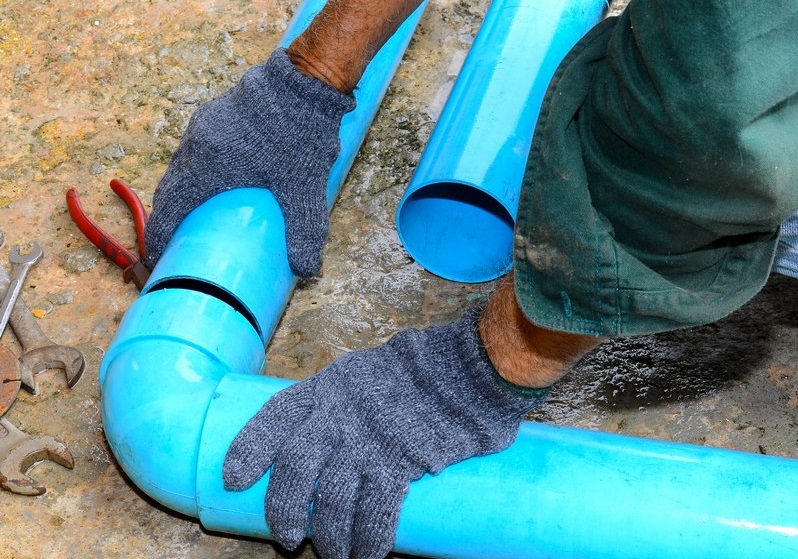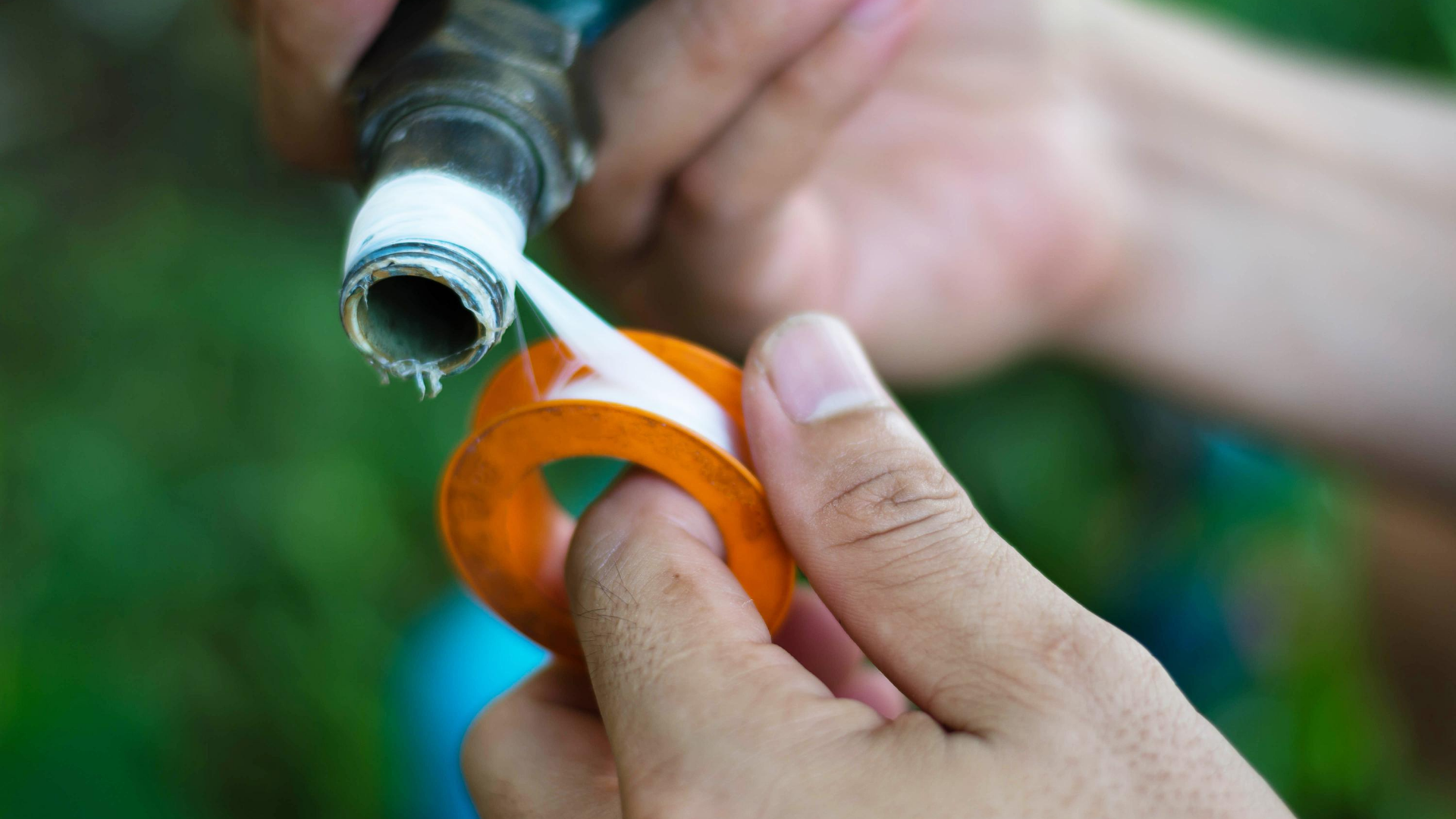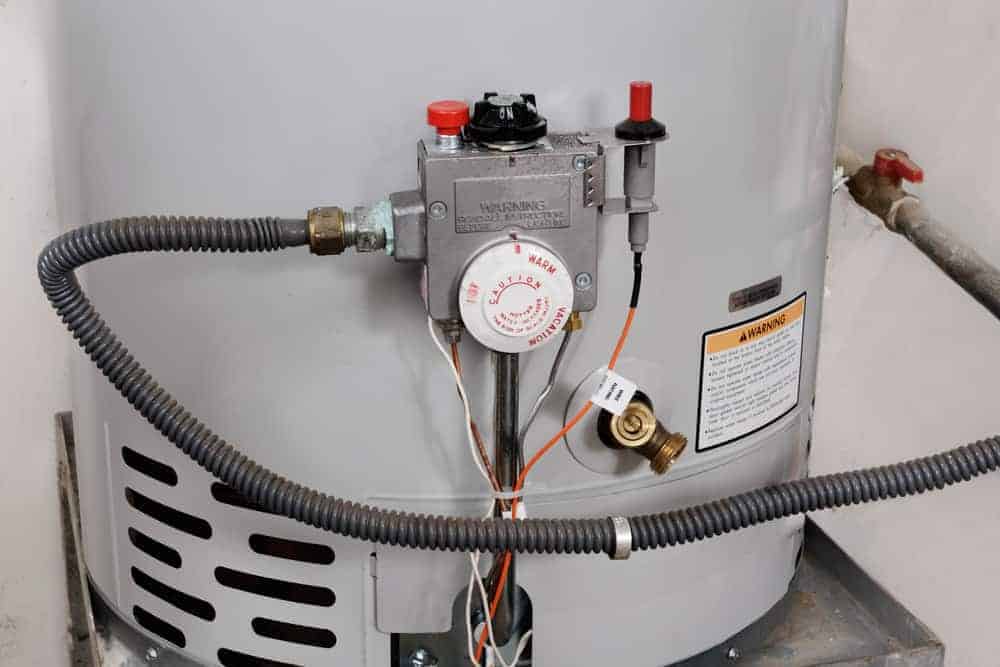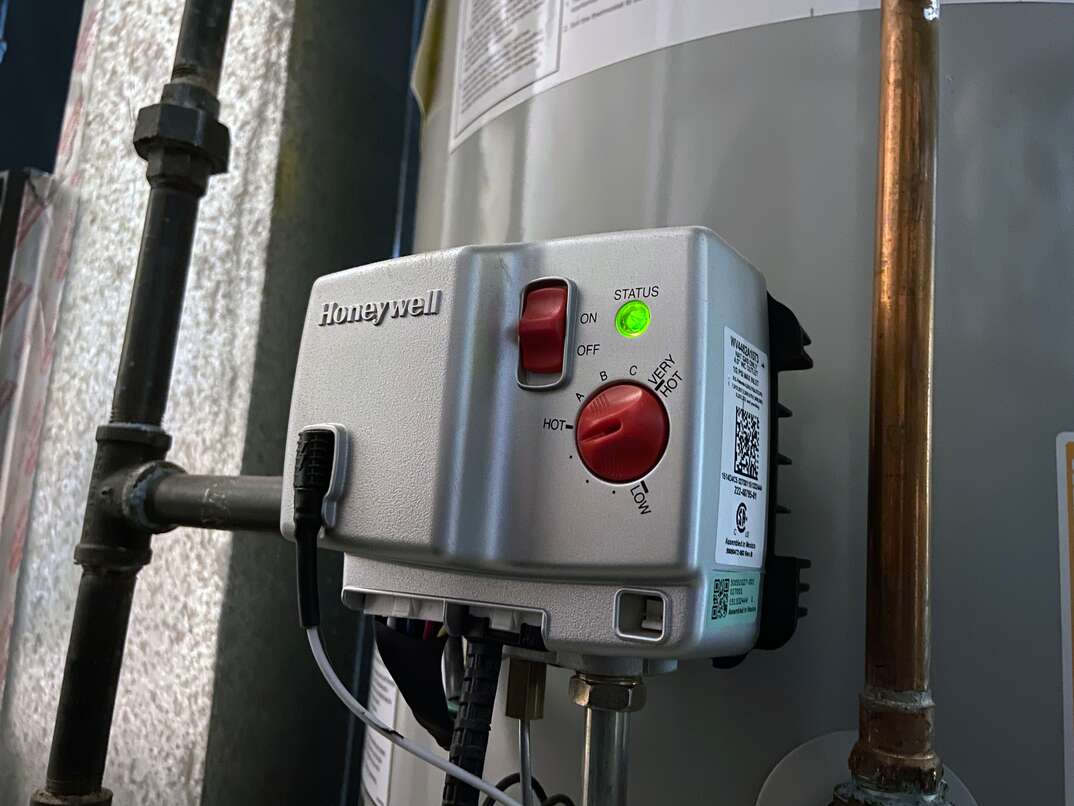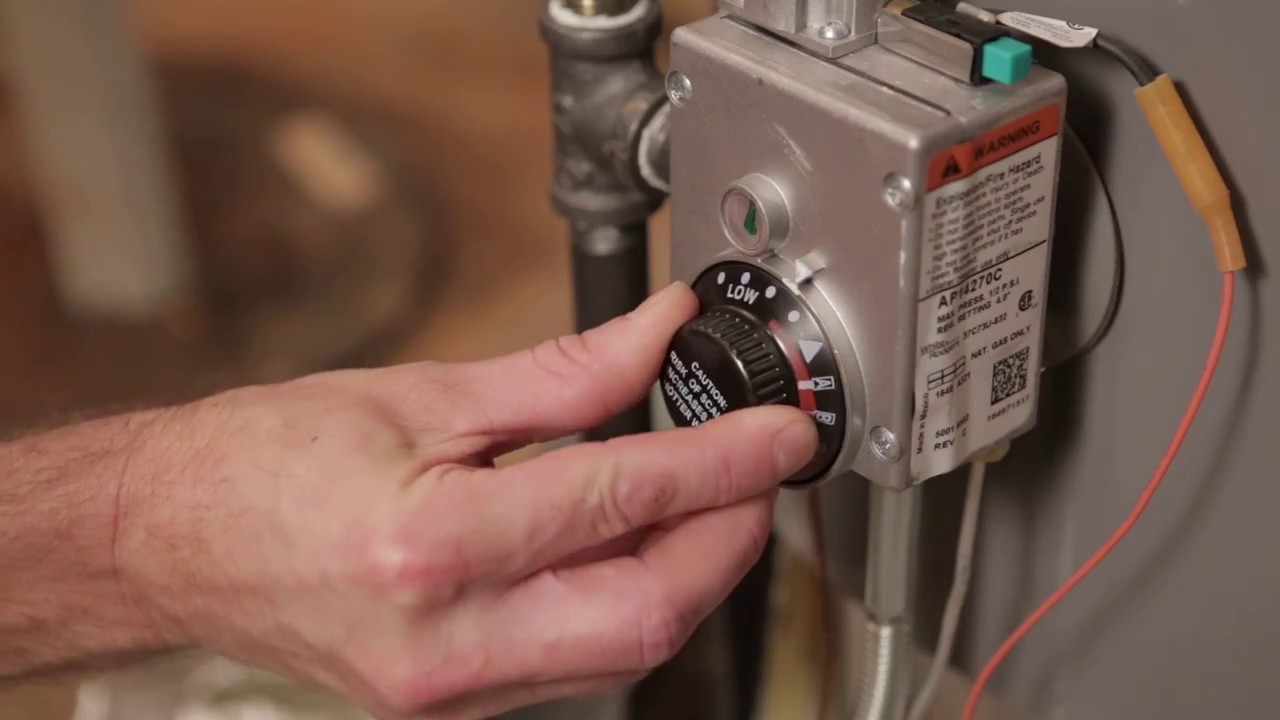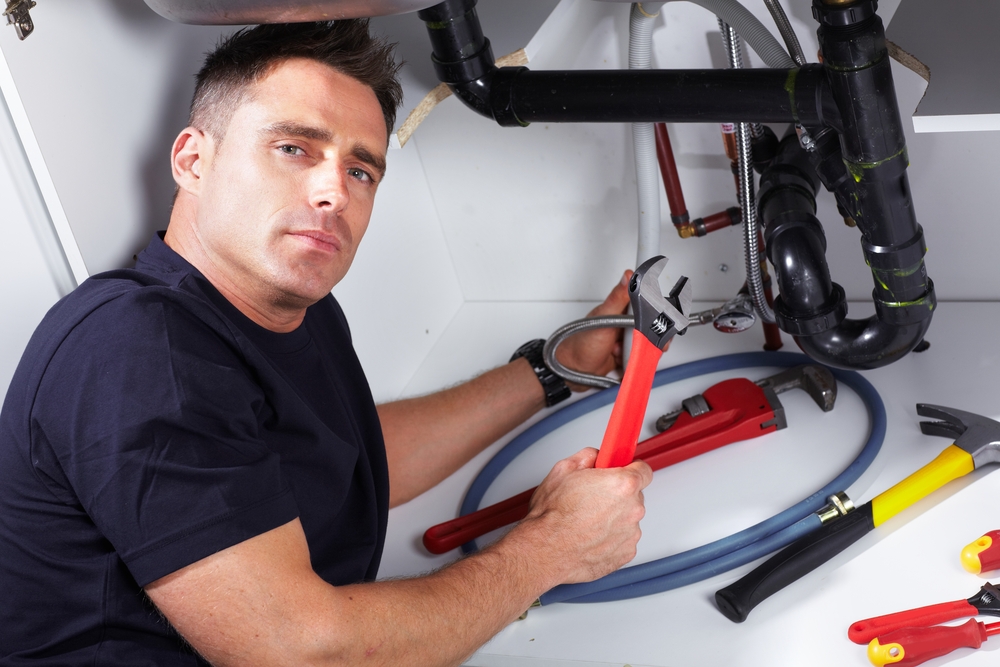If you've recently installed a dishwasher in your kitchen, you may have noticed a decrease in water pressure from your kitchen sink. This can be frustrating, especially if you rely on high water pressure for tasks like washing dishes or filling pots. However, before you panic and call a plumber, there are a few simple steps you can take to troubleshoot the issue. The first thing to check is the water supply valve. The water supply valve is typically located under the kitchen sink, and it controls the flow of water to the dishwasher. If it is not fully open, it can restrict the water flow and cause low water pressure. Make sure the valve is fully turned on and try running the dishwasher again to see if the water pressure improves.Check the water supply valve
Another possible cause of low water pressure in your kitchen sink after installing a dishwasher is a faulty water pressure regulator. This device is responsible for maintaining a consistent water pressure throughout your home. If it is malfunctioning, it can cause low water pressure in your kitchen sink. You can check the water pressure regulator by using a pressure gauge on an outdoor faucet. If the pressure is lower than 60 psi, it may be time to replace the regulator.Check the water pressure regulator
If the water pressure was fine before installing the dishwasher, it's possible that the installation may have caused the issue. Check the dishwasher's installation manual to ensure that it was installed correctly. If you notice any errors or if something seems off, it's best to call a professional to help with the installation.Check the dishwasher installation
Clogs are a common cause of low water pressure in sinks and dishwashers. If either the sink or dishwasher drain is clogged, it can restrict the flow of water and cause low pressure. To check for clogs in the sink, inspect the drain and remove any visible debris. For the dishwasher, check the drain filter and remove any buildup or debris. Running a mixture of hot water and vinegar through the dishwasher can also help to clear any clogs.Check for clogs in the sink or dishwasher
Leaks in the dishwasher hose can also cause low water pressure. Inspect the hose for any cracks, holes, or loose connections. If you find any issues, it's best to replace the hose to ensure proper water flow to the dishwasher.Check for leaks in the dishwasher hose
Another potential culprit for low water pressure in a dishwasher is a dirty or clogged filter. The filter is responsible for catching food particles and debris, but if it becomes too clogged, it can restrict water flow. Remove the filter and clean it thoroughly, or replace it if it is damaged.Check the dishwasher filter
The aerator on your sink faucet is a small screen that helps to regulate and control the flow of water. If it becomes clogged with debris, it can restrict water flow and cause low water pressure. Remove the aerator and clean it thoroughly, or replace it if it is damaged.Check the aerator on the sink faucet
Air can sometimes get trapped in the water line during dishwasher installation, which can cause low water pressure. To fix this issue, you can try turning on the kitchen sink faucet and letting it run for a few minutes to flush out any trapped air. If the issue persists, it's best to call a plumber for assistance.Check for air in the water line
If the water heater temperature is set too low, it can affect the water pressure in your kitchen sink. Make sure the temperature is set to at least 120 degrees Fahrenheit. If it is set too low, adjust the temperature and see if the water pressure improves.Check the water heater temperature
If none of the above solutions work, it may be time to call a professional plumber for help. They will be able to diagnose the issue and provide a solution to restore your kitchen sink's water pressure. It's best to address the issue sooner rather than later to prevent further damage or more expensive repairs in the future. In conclusion, low water pressure in your kitchen sink after installing a dishwasher can be frustrating, but there are several simple steps you can take to troubleshoot the issue. By checking the water supply valve, water pressure regulator, dishwasher installation, and other potential causes, you can determine the root of the problem and find a solution. If all else fails, don't hesitate to call a professional for assistance. With the right steps, you can restore your kitchen sink's water pressure and continue to enjoy the convenience of your new dishwasher.Call a plumber for professional assistance
Kitchen Sink Water Pressure Low After Dishwasher Install - A Common Issue in House Design

Understanding the Impact of Dishwashers in House Design
 When it comes to designing a house, the kitchen is often considered the heart of the home. It is where families gather to cook, eat, and spend quality time together. With the advancement of technology, dishwashers have become an integral part of modern kitchen design. They not only save time and effort but also provide a more hygienic way of cleaning dishes. However, installing a dishwasher can sometimes lead to unexpected issues such as low water pressure in the kitchen sink.
When it comes to designing a house, the kitchen is often considered the heart of the home. It is where families gather to cook, eat, and spend quality time together. With the advancement of technology, dishwashers have become an integral part of modern kitchen design. They not only save time and effort but also provide a more hygienic way of cleaning dishes. However, installing a dishwasher can sometimes lead to unexpected issues such as low water pressure in the kitchen sink.
The Culprits Behind Low Water Pressure
 There are several factors that can contribute to low water pressure in the kitchen sink after installing a dishwasher. One of the main reasons is the additional load on the existing plumbing system. Dishwashers require a separate water supply line and drain, which can strain the existing pipes and cause a decrease in water pressure. Another culprit could be the aerator in the kitchen sink faucet. This small device is responsible for mixing air with water to create a steady flow, but it can get clogged with debris and affect water pressure.
There are several factors that can contribute to low water pressure in the kitchen sink after installing a dishwasher. One of the main reasons is the additional load on the existing plumbing system. Dishwashers require a separate water supply line and drain, which can strain the existing pipes and cause a decrease in water pressure. Another culprit could be the aerator in the kitchen sink faucet. This small device is responsible for mixing air with water to create a steady flow, but it can get clogged with debris and affect water pressure.
Solving the Issue for Optimal Water Pressure
 The good news is that low water pressure after installing a dishwasher is a common issue and can be easily resolved. One of the solutions is to install a water pressure booster pump, which can increase the water pressure in the entire house. Another solution is to clean or replace the aerator in the kitchen sink faucet. This can be done by unscrewing the aerator and soaking it in vinegar to remove any buildup. If the issue persists, it is best to consult a professional plumber to assess the plumbing system and make necessary adjustments.
The good news is that low water pressure after installing a dishwasher is a common issue and can be easily resolved. One of the solutions is to install a water pressure booster pump, which can increase the water pressure in the entire house. Another solution is to clean or replace the aerator in the kitchen sink faucet. This can be done by unscrewing the aerator and soaking it in vinegar to remove any buildup. If the issue persists, it is best to consult a professional plumber to assess the plumbing system and make necessary adjustments.
Conclusion
 In conclusion, low water pressure in the kitchen sink after installing a dishwasher is a common issue in house design. It is important to understand the impact of dishwashers on the existing plumbing system and take necessary precautions before installation. If the issue arises, there are simple solutions such as installing a water pressure booster pump or cleaning the aerator in the kitchen sink faucet. By addressing the issue, homeowners can ensure optimal water pressure in the kitchen sink and continue to enjoy the convenience of a dishwasher in their modern kitchen design.
In conclusion, low water pressure in the kitchen sink after installing a dishwasher is a common issue in house design. It is important to understand the impact of dishwashers on the existing plumbing system and take necessary precautions before installation. If the issue arises, there are simple solutions such as installing a water pressure booster pump or cleaning the aerator in the kitchen sink faucet. By addressing the issue, homeowners can ensure optimal water pressure in the kitchen sink and continue to enjoy the convenience of a dishwasher in their modern kitchen design.
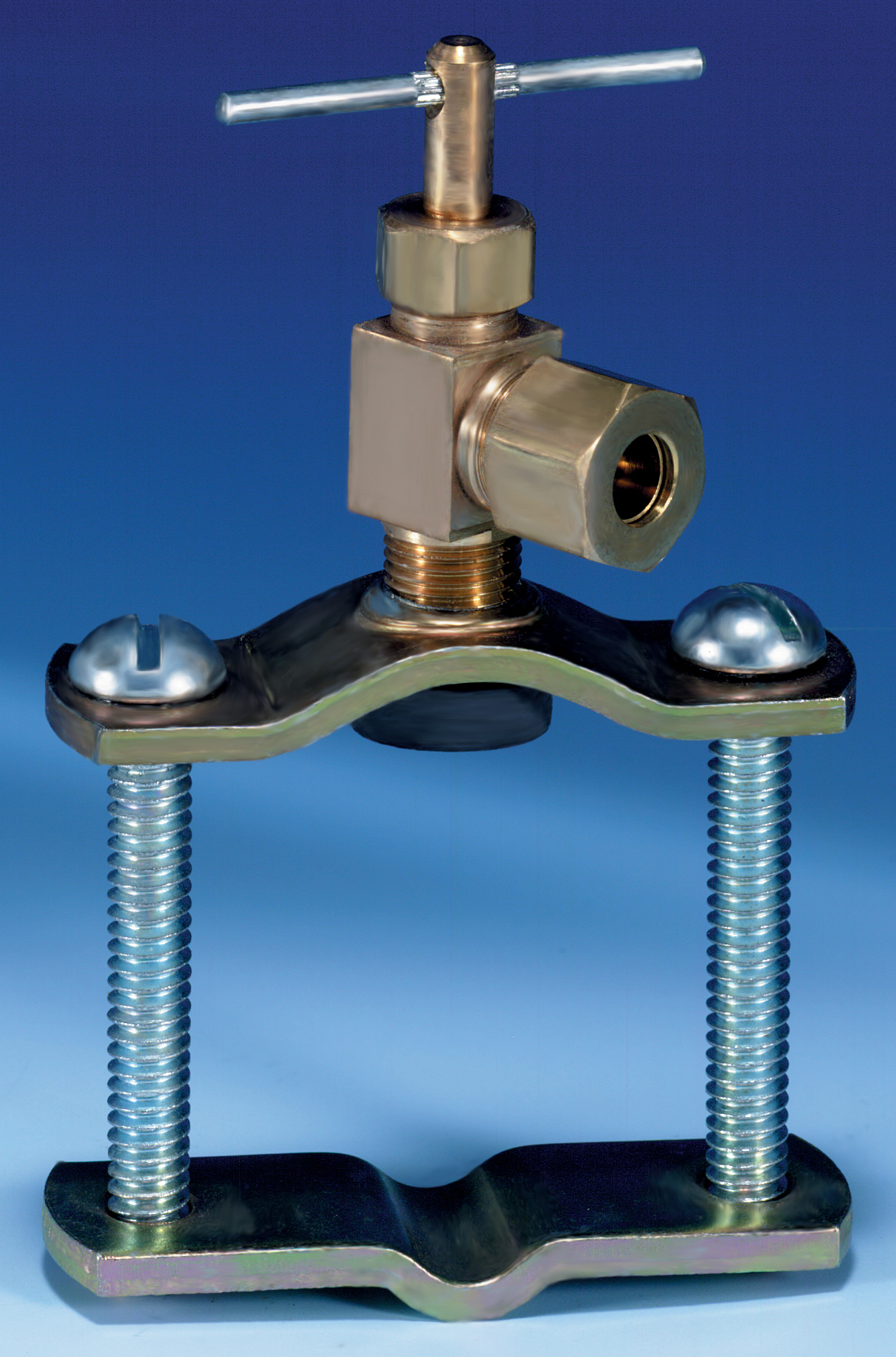






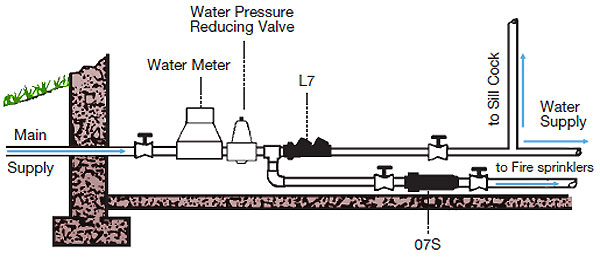




:max_bytes(150000):strip_icc()/the-men-s-hand-opens-the-ball-valve-on-the-collector-1006810456-5c5fc73fc9e77c000159c4af.jpg)





:max_bytes(150000):strip_icc()/testing-water-pressure-in-your-home-2718692-04-c37ab3236d0d4b61b87079ebf9ef823e.jpg)

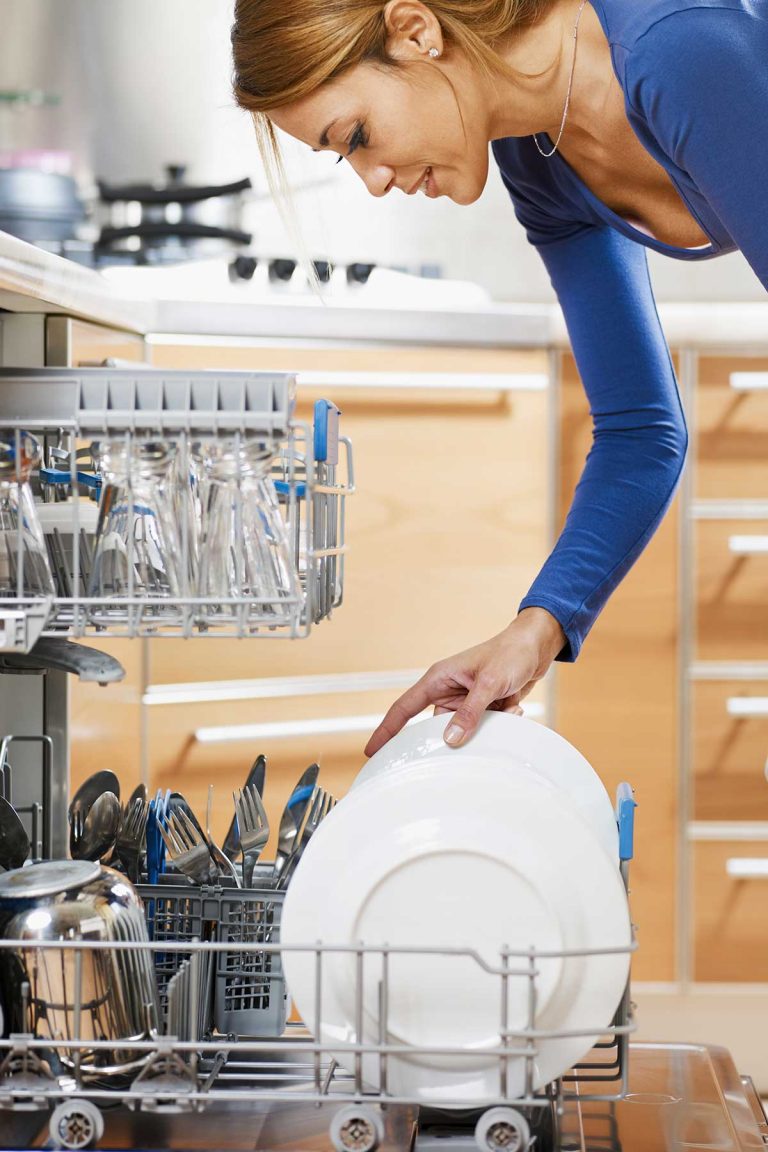


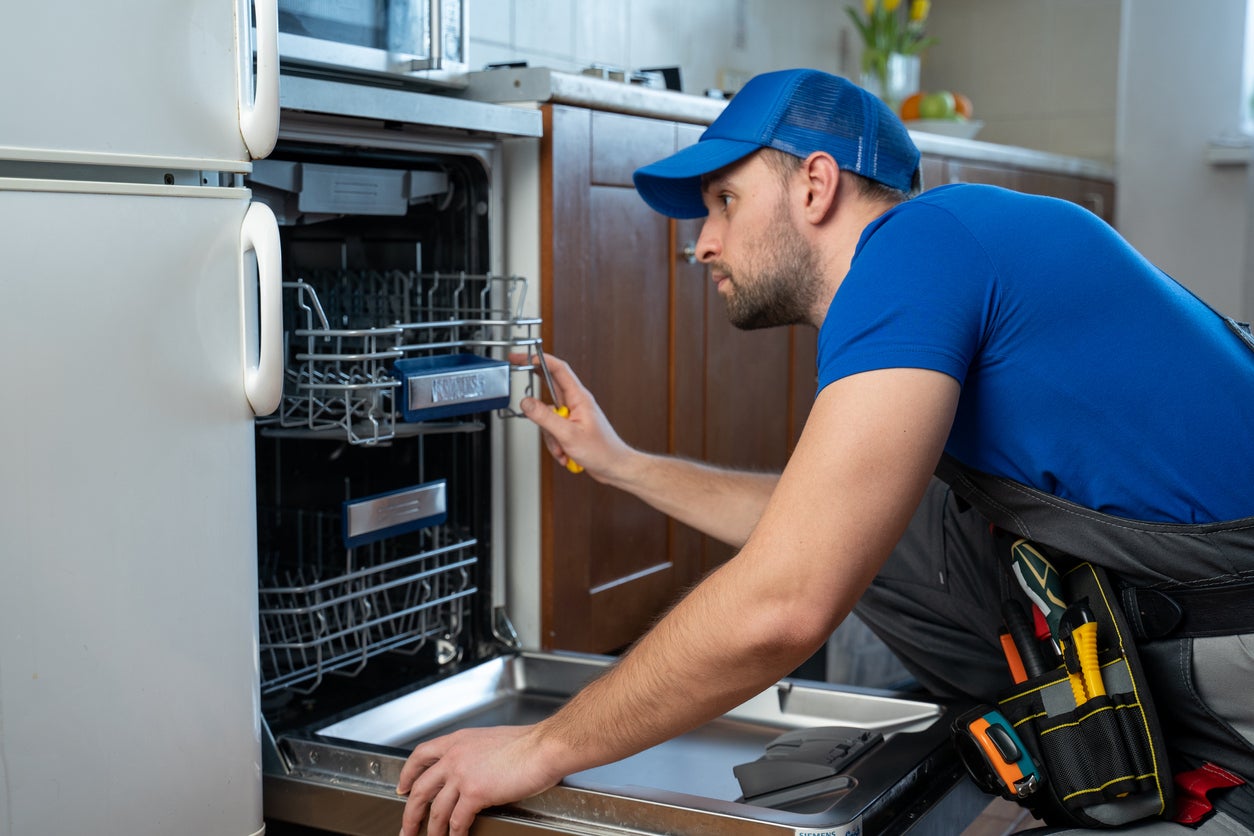

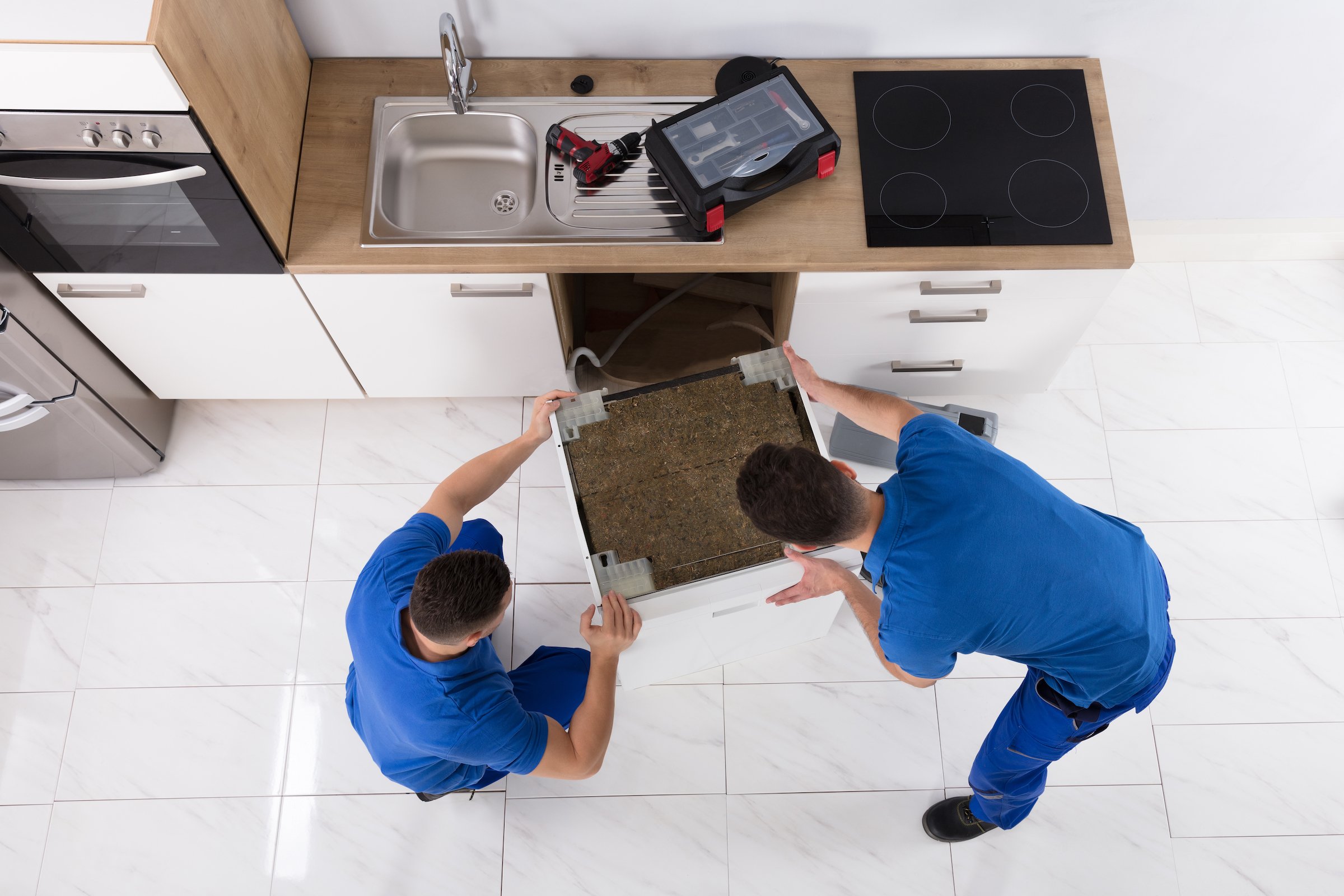
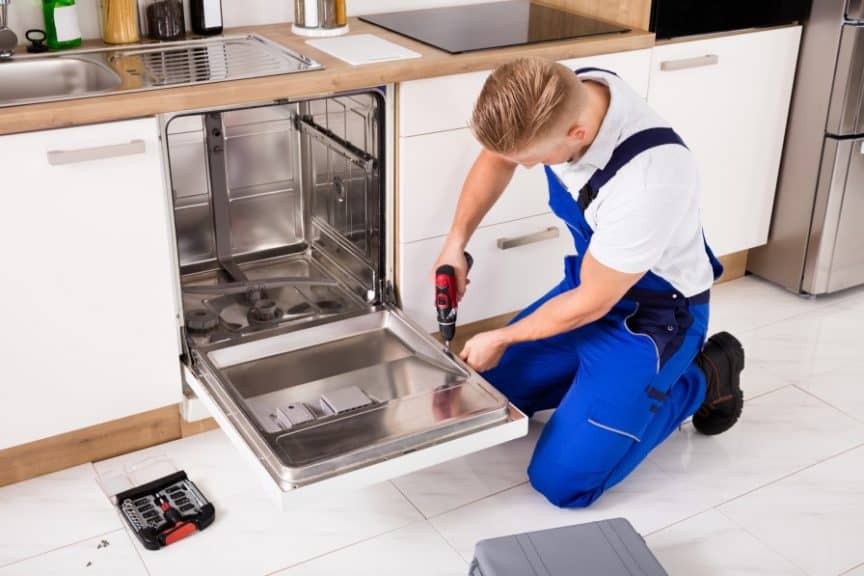


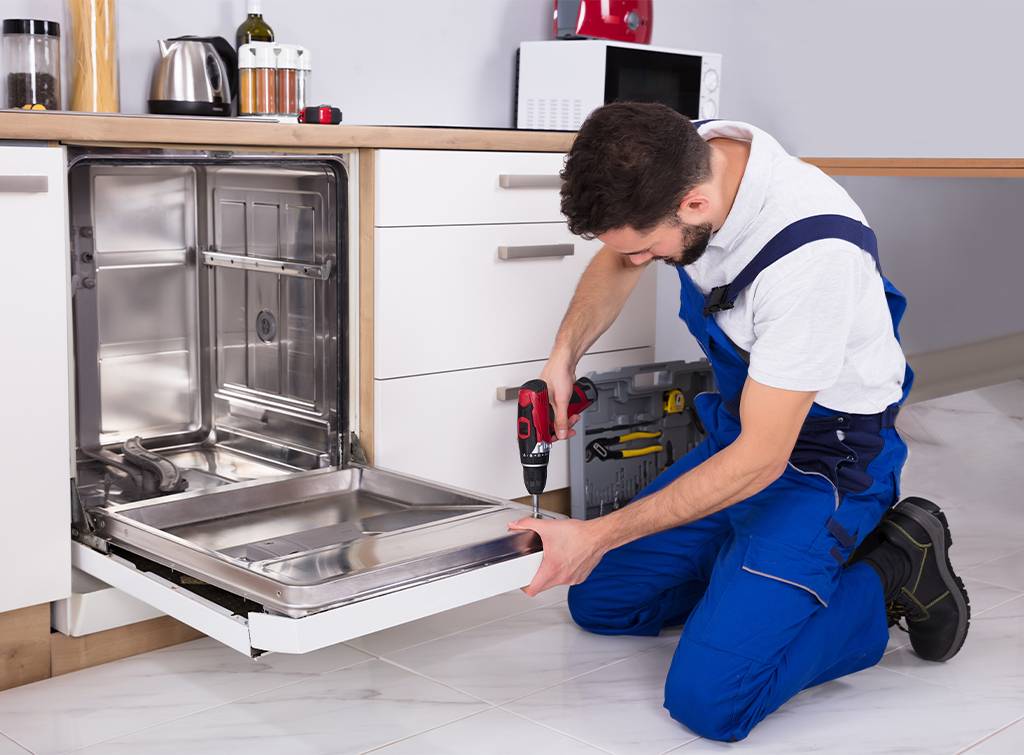




















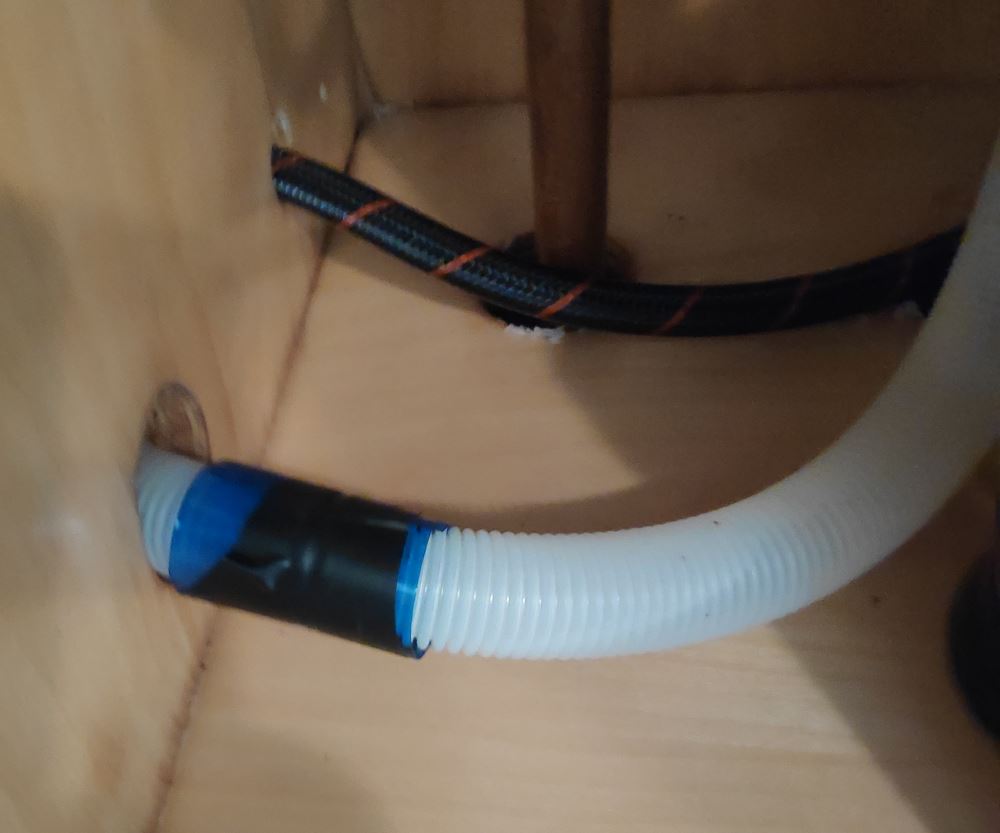
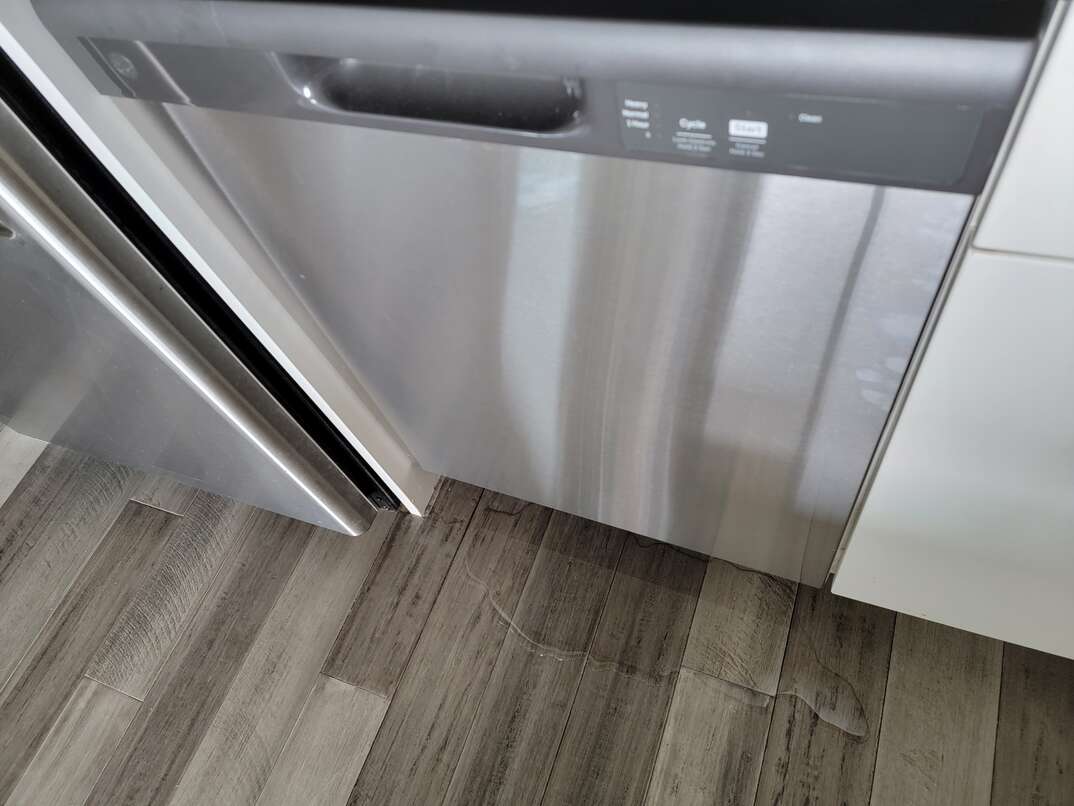

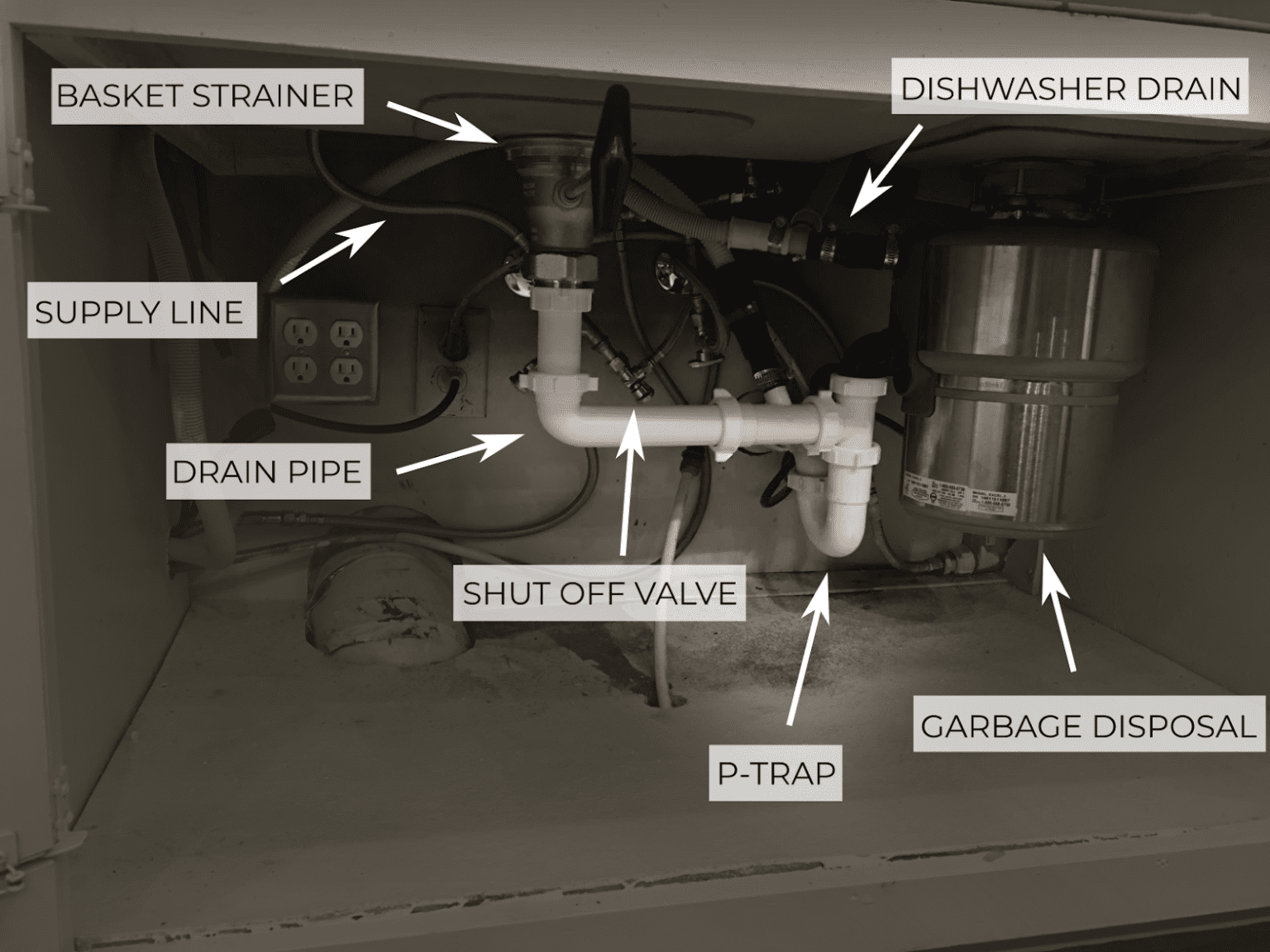





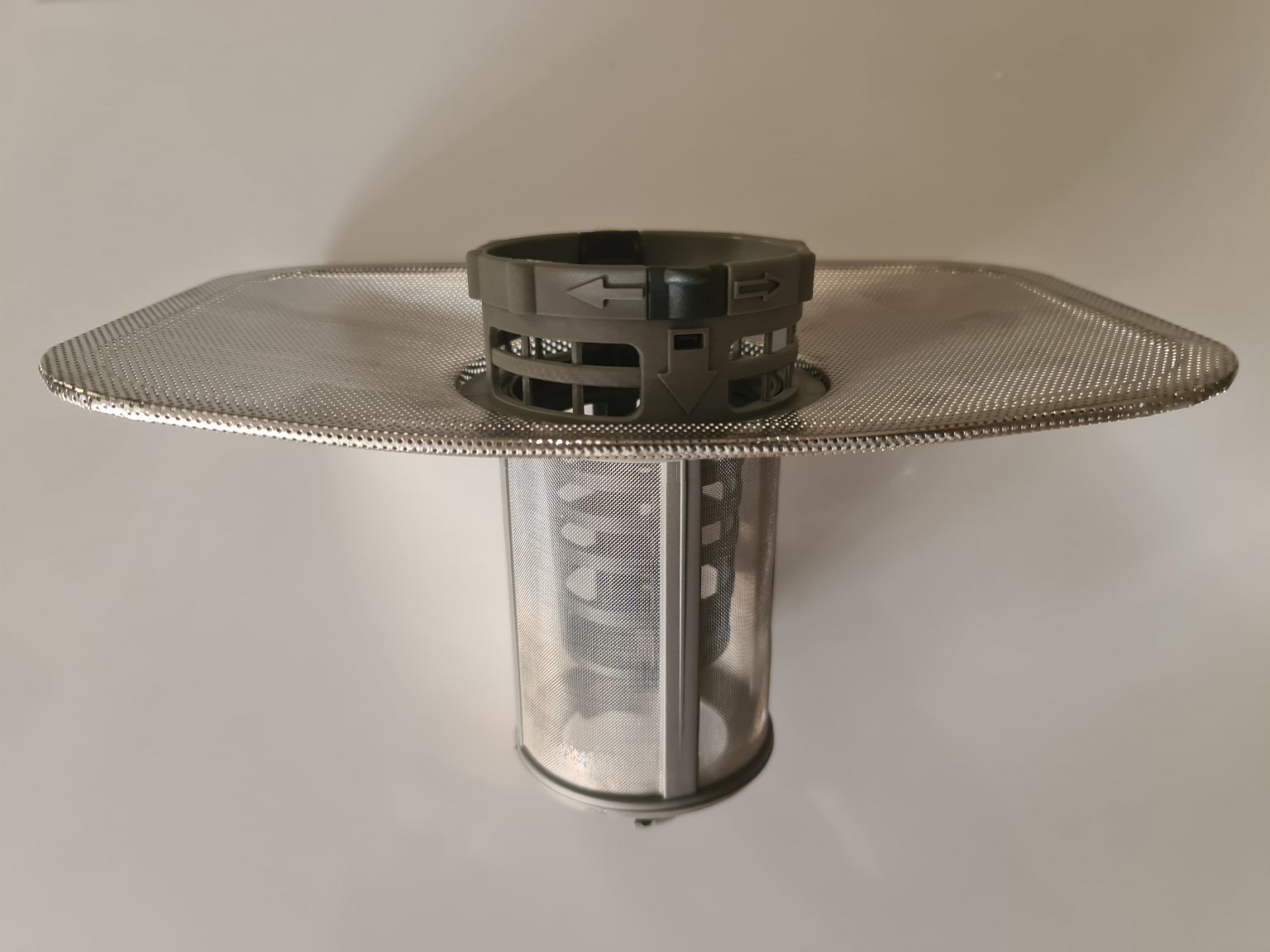
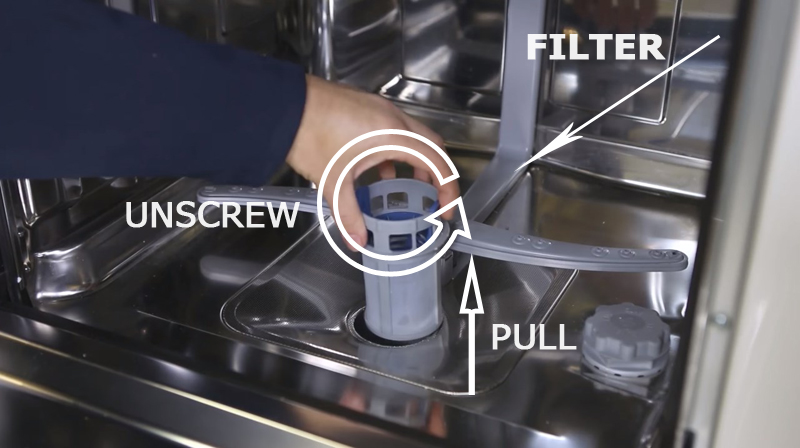
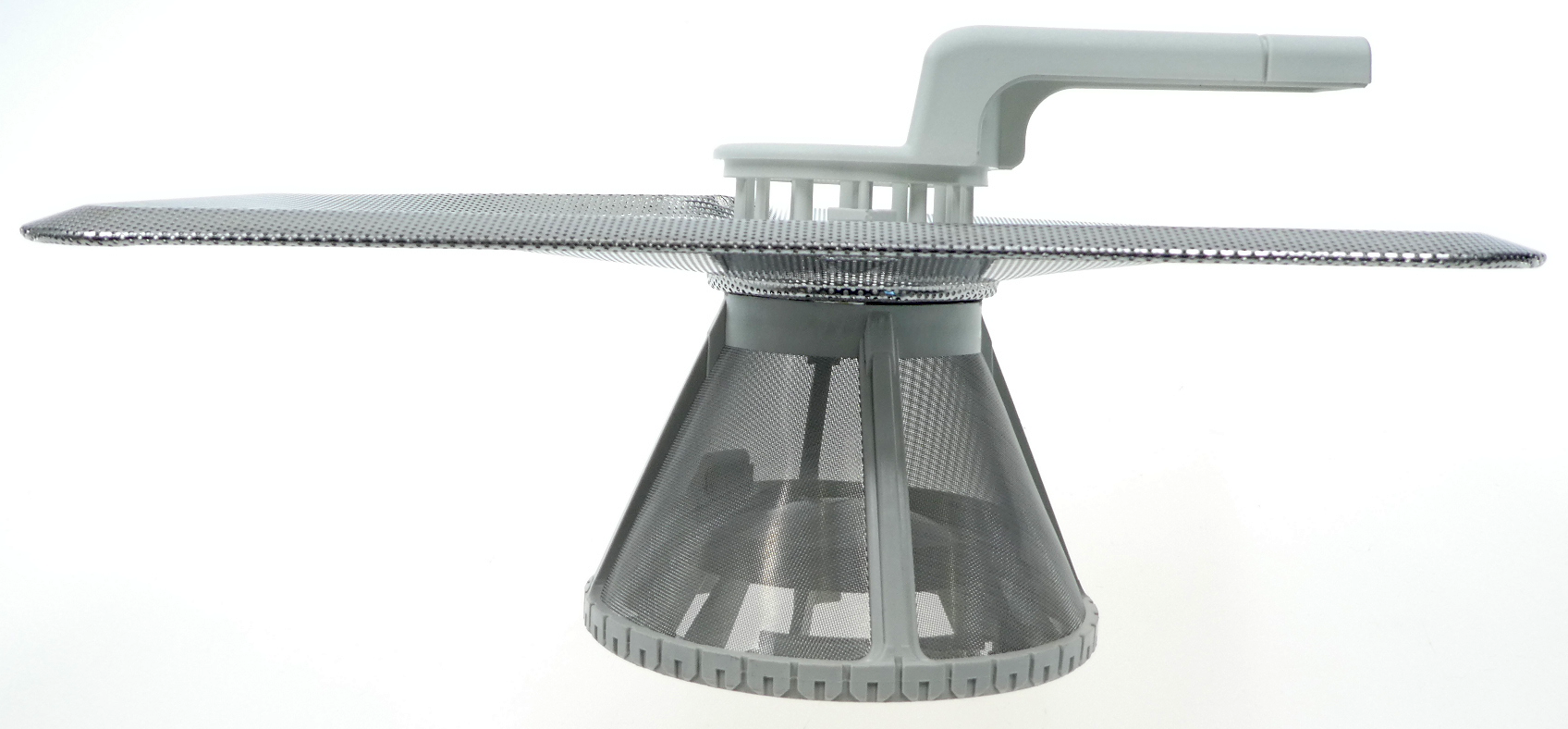
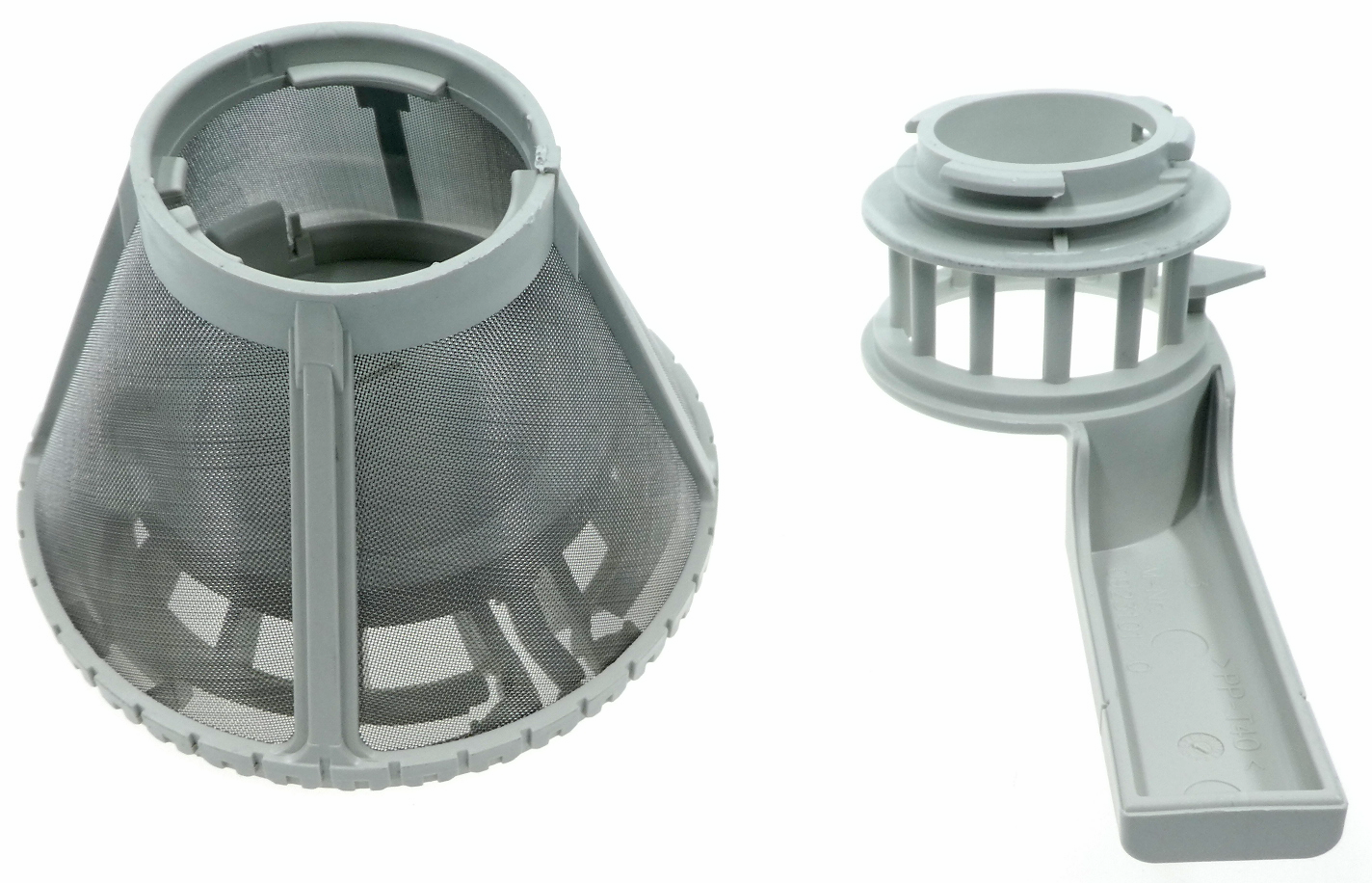


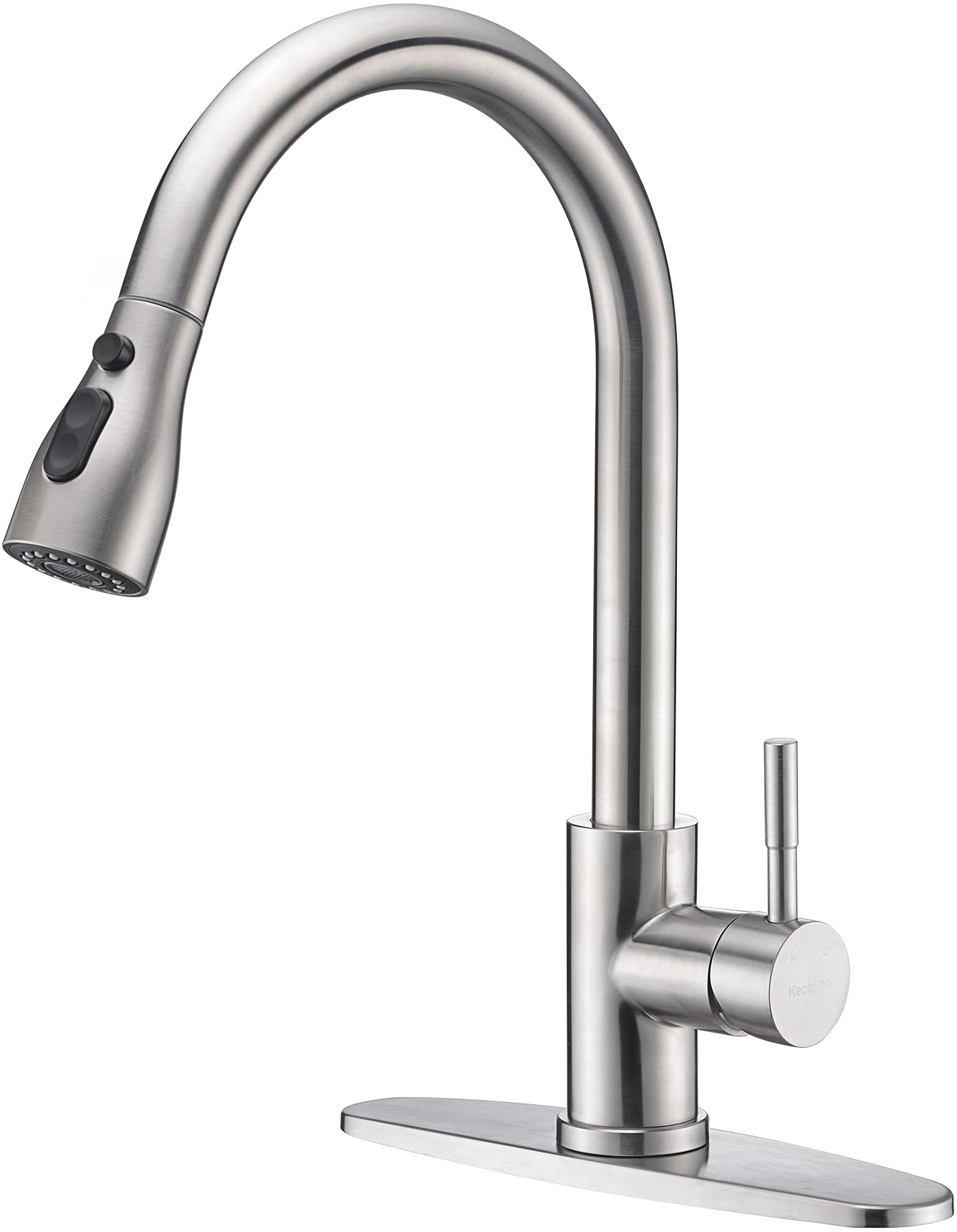


/cleaning-the-aerator-from-deposits--the-girl-hand-washes-a-dirty-limestone-aerator-with-water-1126244919-72868100964f42d5aa564a928371fea5.jpg)
/fixing-a-tap-459986221-5afc675431283400371f7872.jpg)
